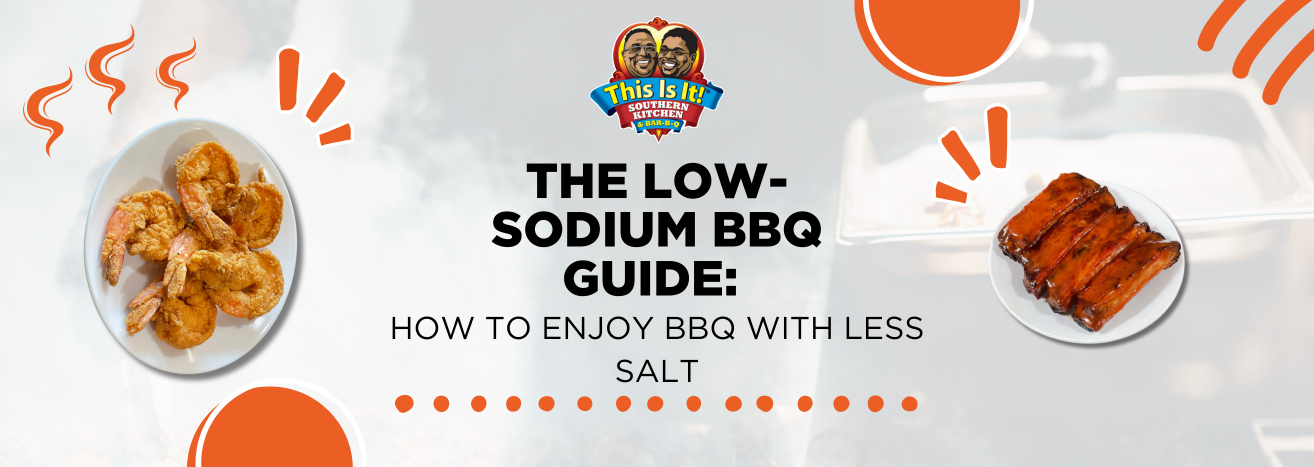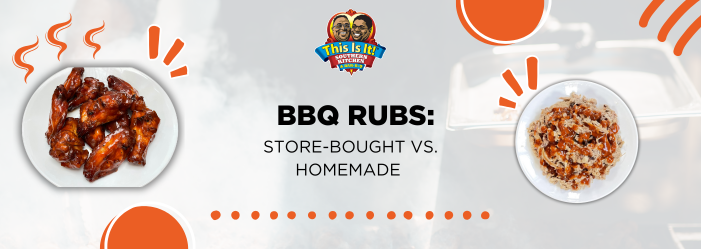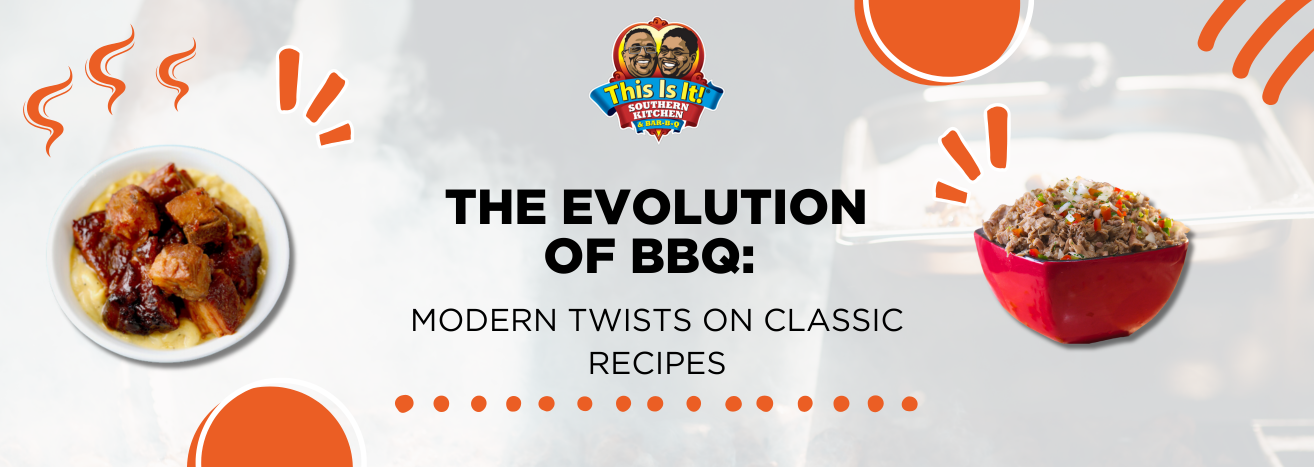Cooking with Kids: Fun Family-Friendly Recipes and Essential Tips
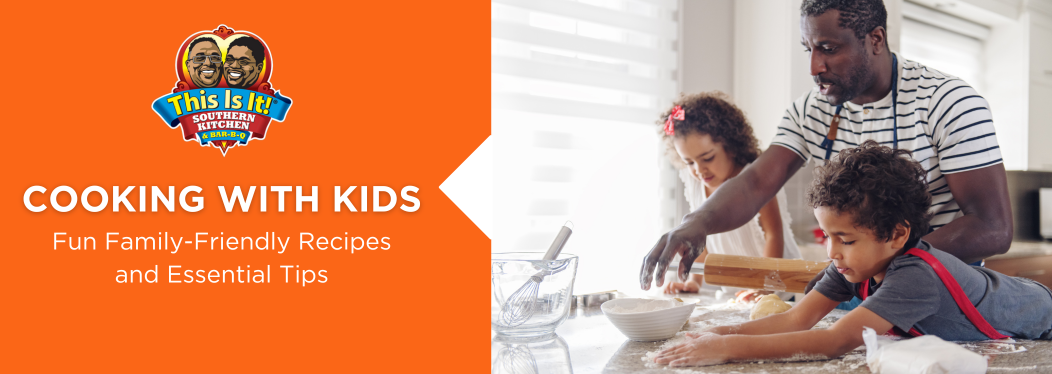
Table of Contents
Introduction
Overview of the importance of cooking with kids
Benefits of engaging children in the kitchen
The Benefits of Cooking with Kids
Life Skills Development
Educational Opportunities
Enhancing Motor Skills and Confidence
Essential Tips for Cooking with Kids
Safety First
Starting Simple
Preparation for Success
Encouraging Creativity
Teachable Moments in the Kitchen
Family-Friendly Recipes
A. Breakfast: Banana Pancake Dippers
Ingredients and Instructions
B. Lunch: Easy Quesadillas
Ingredients and Instructions
C. Dinner: Mini Meatballs with Spaghetti
Ingredients and Instructions
D. Dessert: Chocolate-Dipped Fruit
Ingredients and Instructions
Incorporating Education into Cooking
Learning Through Practical Experience
Cultural and Scientific Insights
Conclusion
Summary of Cooking Benefits with Kids
Encouragement for Ongoing Culinary Exploration
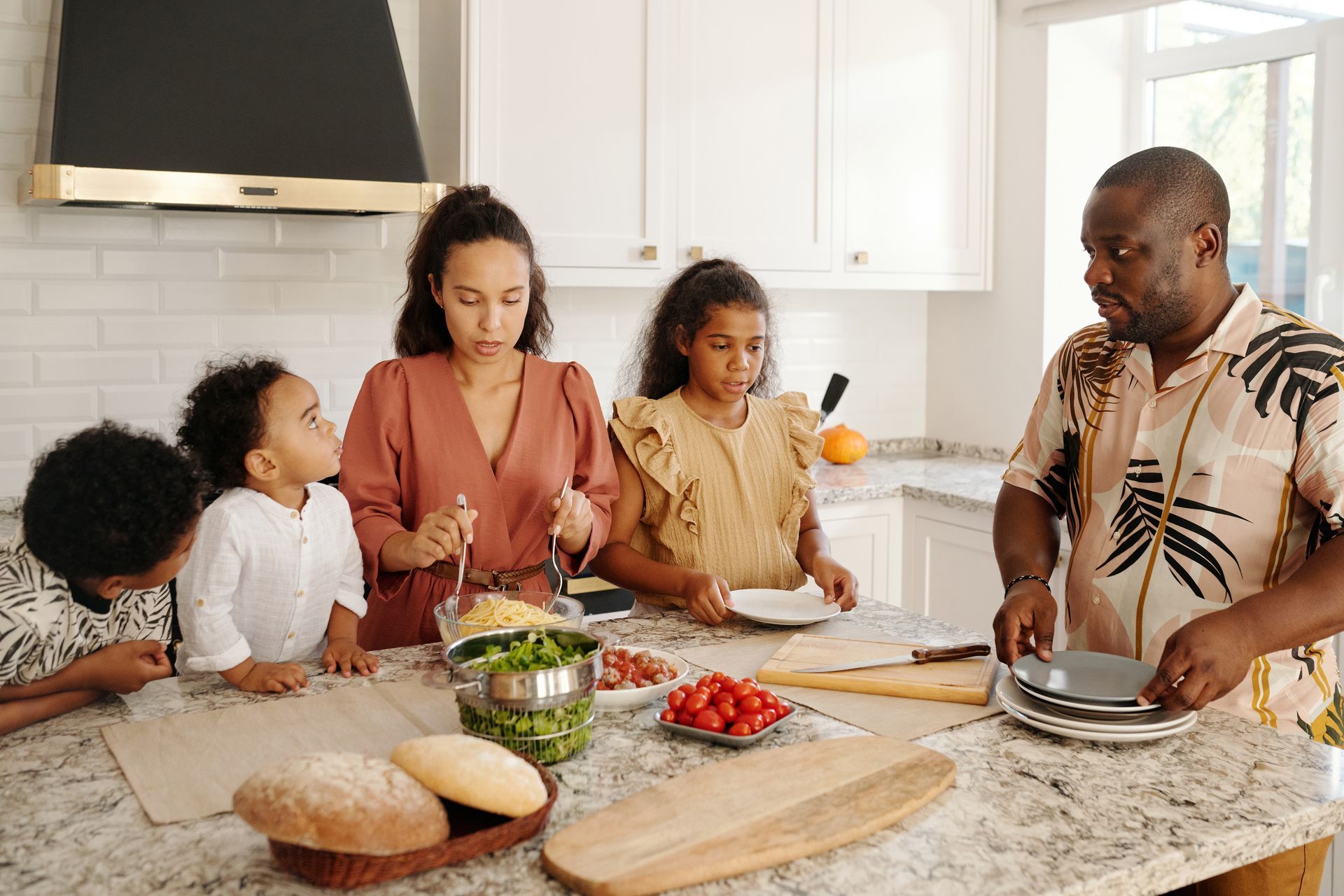
Engaging children in the kitchen not only nurtures their culinary skills but also provides an invaluable opportunity for bonding and learning.
This comprehensive guide is designed to help parents and children explore the joy of cooking together. It offers easy, family-friendly recipes and essential tips to make your kitchen adventures both fun and educational.
The Benefits of Cooking with Kids
Cooking with children is more than just a way to prepare a meal. It's a hands-on method for teaching valuable life skills such as responsibility, basic math skills, science concepts, and teamwork. It can also enhance their fine motor skills, understanding of nutrition, and even boost their confidence as they see the results of their efforts.
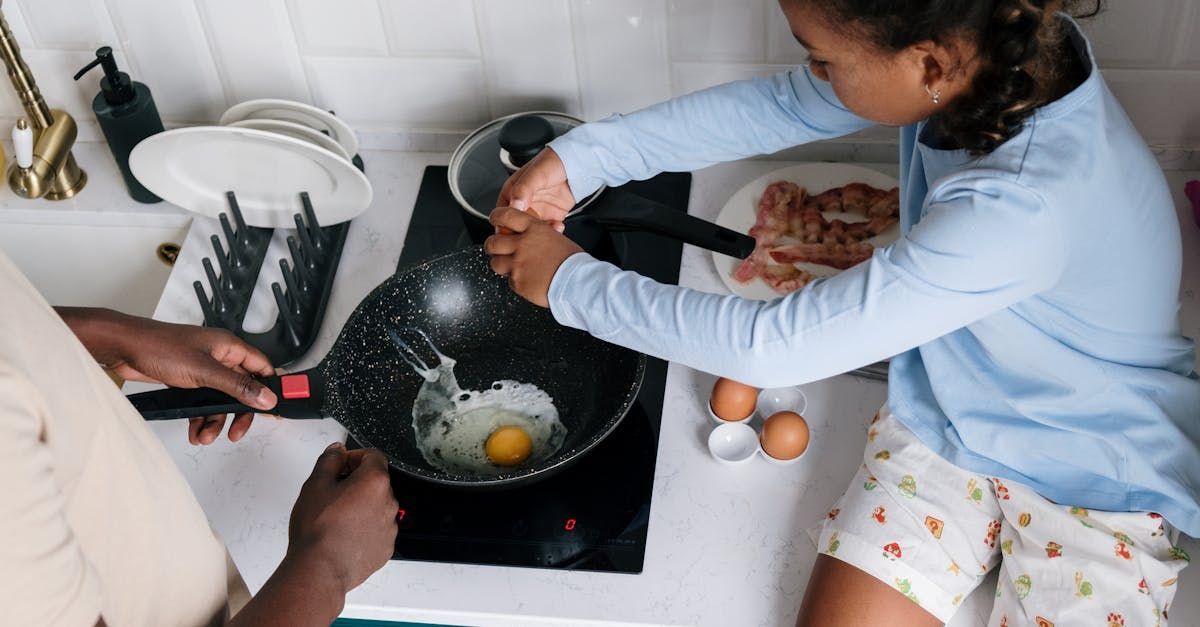
Essential Tips for Cooking with Kids
1. Safety First: Always start with a lesson on kitchen safety. Teach kids to wash their hands properly, and explain the dangers of sharp utensils and hot surfaces. Use this time to establish kitchen rules.
2. Start Simple: Choose recipes that are simple and involve tasks suitable for their age. Younger children can help with measuring, stirring, and washing fruits and vegetables, while older children can take on chopping and cooking under supervision.
3. Be Prepared: To keep the experience enjoyable and stress-free, do some prep work in advance. Measure out ingredients before you start, and make sure all equipment is ready and accessible.
4. Encourage Creativity: Let children have a say in the cooking process. Whether it’s choosing between carrots or peas or deciding what shape to make their cookies, small choices can make them feel invested.
5. Focus on Teachable Moments: Use the time to teach them about nutrition, the science of cooking, or even cultural history related to the dishes you prepare.
Family-Friendly Recipes
A. Breakfast: Banana Pancake Dippers
Ingredients:
- 1 large ripe banana
- 2 eggs
- ½ cup oat flour
- 1 teaspoon vanilla extract
- Butter or oil for cooking
Instructions:
- In a bowl, mash the banana. Add the eggs, oat flour, and vanilla, and stir until well combined.
- Heat a non-stick skillet over medium heat and brush with butter or oil.
- Pour small strips of batter onto the skillet. Cook for 1-2 minutes on each side or until golden brown.
- Serve with a side of yogurt or maple syrup for dipping.
B. Lunch: Easy Quesadillas
Ingredients:
- Tortillas
- Shredded cheese (such as cheddar or mozzarella)
- Optional fillings: cooked chicken, beans, chopped vegetables
Instructions:
- Let your child lay a tortilla flat and sprinkle cheese and other fillings on one half.
- Fold the tortilla over and cook on a skillet over medium heat until the tortilla is golden and the cheese is melted.
- Cut into wedges and serve with salsa or sour cream.
C. Dinner: Mini Meatballs with Spaghetti
Ingredients:
- 500g ground meat (beef, chicken, or turkey)
- 1 egg
- ½ cup breadcrumbs
- 2 tablespoons grated Parmesan cheese
- 1 teaspoon garlic powder
- 1 teaspoon onion powder
- Salt and pepper to taste
- Spaghetti and marinara sauce
Instructions:
- Preheat the oven to 375°F (190°C).
- In a bowl, combine the ground meat, egg, breadcrumbs, Parmesan, garlic powder, onion powder, salt, and pepper. Mix well.
- Help your child roll the mixture into small balls and place them on a baking sheet.
- Bake for 15-20 minutes, or until cooked through.
- Serve with spaghetti and marinara sauce.
D. Dessert: Chocolate-Dipped Fruit
Ingredients:
- Assorted fruits (strawberries, bananas, apple slices)
- 200g chocolate (dark, milk, or white)
- Toppings: nuts, sprinkles, or coconut flakes
Instructions:
- Melt the chocolate in a microwave-safe bowl, stirring every 30 seconds until smooth.
- Dip each piece of fruit into the chocolate, then into the toppings if desired.
- Place on a baking sheet lined with parchment paper and refrigerate until the chocolate sets.
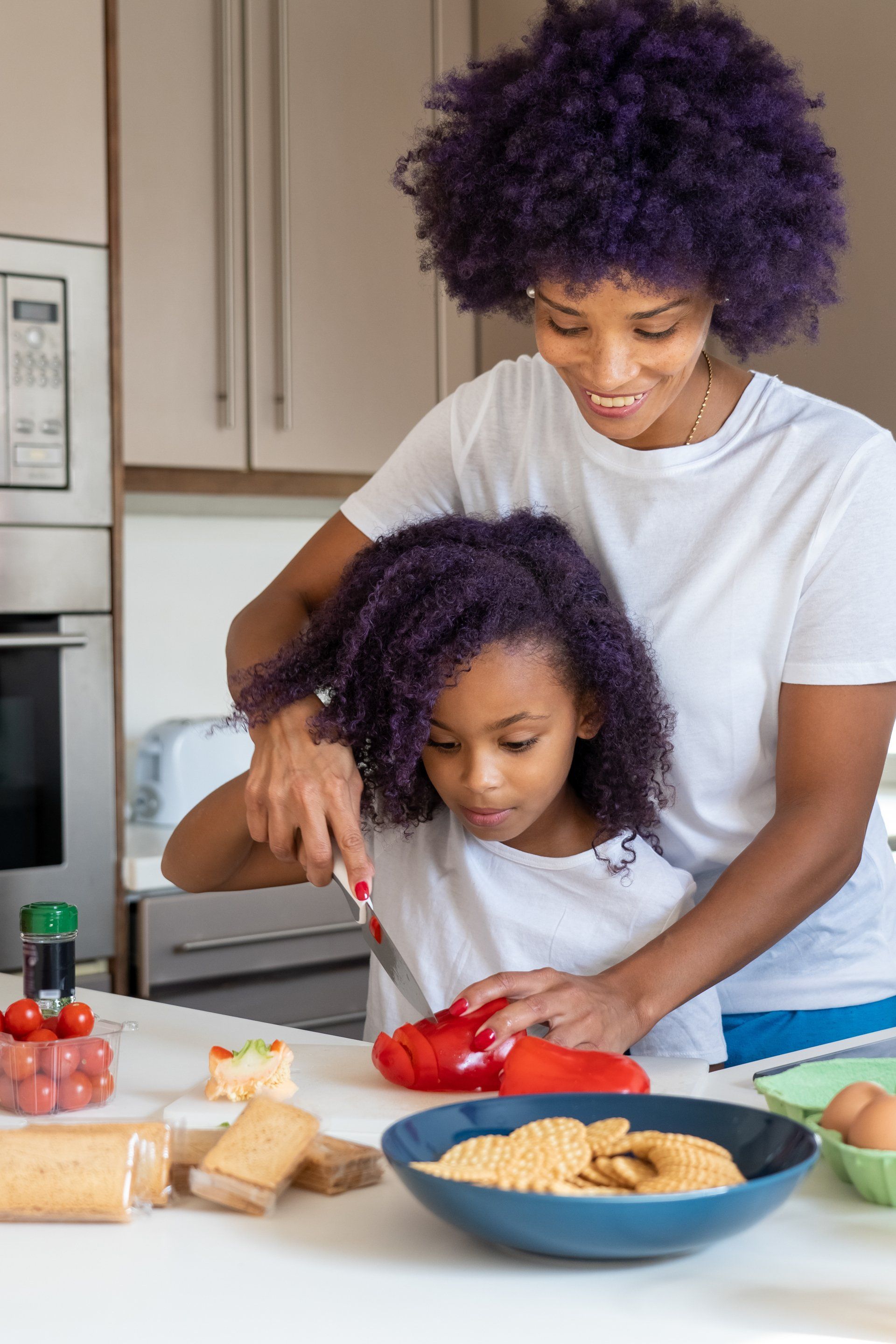
Incorporating Education into Cooking
Each recipe offers opportunities for learning. For example, when making pancakes, explain the chemical reactions between ingredients, like how baking powder helps pancakes rise. Discussing the origins of dishes can spark interest in different cultures and histories.
Conclusion
Cooking with kids offers more than just the end result of a meal—it's about the moments shared and the lessons imparted along the way. This activity is not merely about teaching children how to cook, but also about instilling values such as responsibility, teamwork, and creativity. It's about understanding the science behind how ingredients interact, appreciating the cultural stories behind each dish, and developing a lifelong skill that contributes to better eating habits.
Moreover, cooking together can strengthen family bonds. It turns an everyday activity into an opportunity for interaction and cooperation. As families grow and evolve, these kitchen experiences become cherished memories, often passed down through generations.
For parents looking to start this journey, remember to keep sessions fun and light. Celebrate the successes and learn from the messes. As you and your children continue to explore new recipes and techniques, you’ll find that their skills, confidence, and curiosity will grow.
Incorporating cooking into your family routine is not just about making food but about making a difference in the overall growth and development of your child. So, tie those apron strings, set out your ingredients, and prepare for a delightful adventure in the kitchen that goes beyond the taste buds to touch the hearts of all involved.
By embracing the joy and educational value of cooking with kids, you create not only delicious meals but also the ingredients for a stronger, happier family dynamic. Remember, every chef started somewhere, and with each recipe tried, you're setting the foundation for a lifetime of healthy, joyful eating. Happy cooking!
